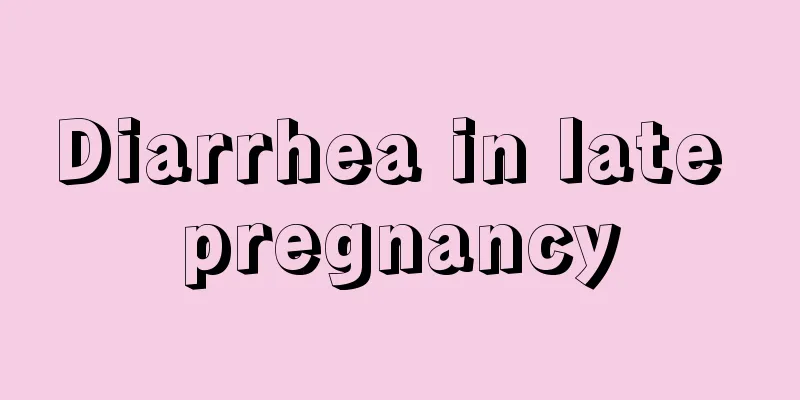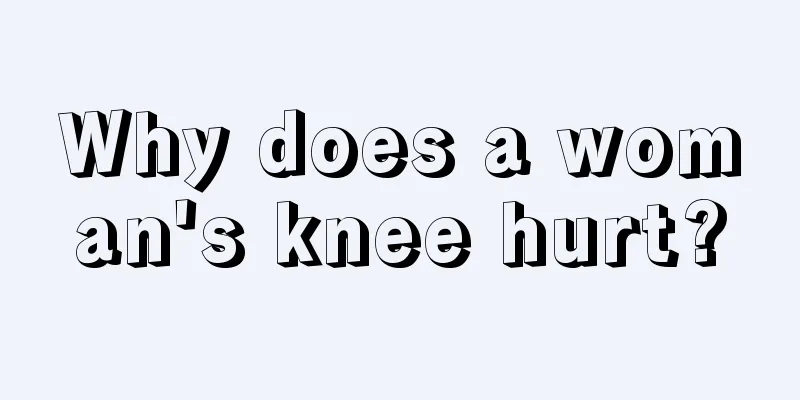Is it better to remove the stitches during cesarean section or not?

|
In fact, although cesarean section reduces the pain of the mother during the delivery process, the mother's body will also feel great pain during the recovery period. Since the fetus is taken out from the belly of the mother during a caesarean section, it is inevitable that scars will be left on the belly of the mother. With the changes in modern medical technology, absorbable sutures can also be used for sutures, but some women who have undergone cesarean section are worried about whether it is better to remove the sutures or not. Is it better to remove the stitches after cesarean section or not? After a caesarean section, if you have a good physical condition, it is better not to remove the stitches. Absorbable stitches generally leave smaller scars, which can eliminate the fear of removing stitches. However, if you have a poor physical condition and cannot absorb the absorbable sutures, it is recommended that you remove the sutures. It is best to decide based on your own situation. Mothers who give birth by cesarean section are different from those who give birth vaginally. In order to avoid pain or accidental tearing of the wound during recovery exercises, postpartum recovery exercises initially focus on breathing. After the wound heals, larger limb stretching movements can be performed. If it is a transverse incision, the stitches are usually removed 5 days after surgery, and if it is a longitudinal incision, the stitches are usually removed 7 days after surgery. The mother's resistance is low after a caesarean section, and if she does not pay attention to hygiene, she is prone to infection. In addition to brushing teeth, washing face and hands as usual, the mother should promptly replace the perineal pad and clothes wetted by sweat and milk, and sanitary products should be disinfected and changed frequently. Do not remove the scab formed on the wound site prematurely. Scrub your entire body with warm water before removing the stitches from the wound. You can take a bath after removing the stitches, but a shower is preferred. Contraceptive measures should also be taken in a timely manner. Sexual intercourse usually begins 42 days after delivery, when the lochia is completely clean. It is advisable to use condoms in the early stage, and you should go to the original surgery hospital to have the IUD placed 3 months after delivery. If pregnancy occurs, having an abortion is extremely dangerous. Things to note after cesarean section 1. Early getting out of bed and moving around is the main step to help uterine contraction, promote wound healing, and prevent intestinal adhesions. During surgery, the abdominal cavity is opened, allowing some air to enter the abdominal cavity. However, after surgery, the body often has less activity, which weakens intestinal motility and makes intestinal bloating and adhesions more likely to occur. Therefore, the mother should not lie still. She should engage in body activities after the anesthesia wears off and consciousness is restored after the operation. After the urinary catheter is removed for 24 hours, get out of bed and walk around as soon as possible, which can increase intestinal motility, expel gas early, and prevent intestinal adhesion and thrombosis. At the same time, through activities, blood circulation is accelerated, which promotes uterine contraction and helps the wound heal as soon as possible. 2. Pay attention to wound exudate and whether there is infection. Keep the area around the wound clean. If there is a lot of exudate, ask medical staff to check and change the dressing in time. Don't scratch when you feel itchy to prevent the wound from becoming infected and festering. If the wound is painful and locally hardened, and feels fluctuating when touched, it means the wound is infected and festering, and should be diagnosed and treated early. 3. Pay attention to your diet. Nutrition is an important aspect of maternal recovery. After surgery, the mother has the responsibility of feeding the baby and should pay more attention to her diet and eat according to the doctor's instructions. Fatigue and poor appetite after childbirth are normal reactions, so don't worry. Eat easily digestible food. Do not eat foods that produce a lot of gas before your stomach is bloated and the gas is gone. After the gas is discharged, you can eat nutritious food like a normal mother. |
<<: How long does it take to clean up the vaginal discharge after cesarean section?
>>: How long does it take to produce milk after cesarean section
Recommend
What are the chest muscle exercises for women?
If you take a look around the gym, you’ll notice ...
Why are some scallops red? What parts of scallops should not be eaten?
Scallops are one of the most popular delicacies. ...
Early stage pictures of uterine prolapse
As time goes by, many people are usually under gr...
How to treat the heat in women's palms
Many female friends often experience hot soles in...
[Medical Q&A] Does a high-protein diet help muscle growth? What are the health risks?
Planner: Chinese Medical Association Reviewer: Ch...
What is the reason for the high divorce rate among modern people? Why do young people get divorced now?
The divorce rate among young people is getting hi...
What are the symptoms of follicle discharge?
Women will experience certain symptoms during the...
What does it mean if there are few or no lactobacilli?
Lactobacillus is a healthy microorganism. The red...
How to maintain a 50-year-old woman
The skin of a 50-year-old woman has experienced a...
3 signs after waking up remind you that your blood lipids are excessive! Can nuts actually lower blood lipids?
Nowadays, more and more people find themselves al...
What to do if a woman has uterine hypoplasia
Many women always have uterine hypoplasia during ...
What are the symptoms of mycoplasma infection of the cervix
Many women do not have obvious symptoms when infe...
Healthy breathing, unparalleled - 2021 International Lung Cancer Day and World COPD Day
2021 International Lung Cancer Day and World COPD...
Second degree cervical erosion surgery fee
Although cervical erosion sounds very scary, in f...
What are the changes in leucorrhea during menopause?
I believe many people know that as people age, th...









